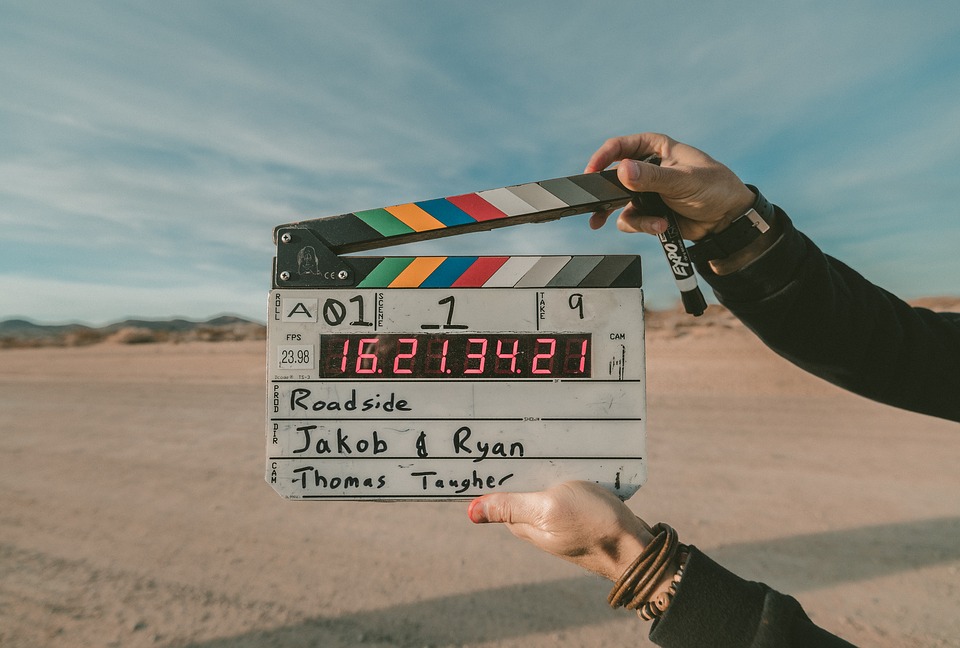In today’s world, it seems like those who talk the loudest are the most powerful. The influencers on social media and TV dominate the perspectives we’re privy to. But they are not the only ones with power. And the obvious players with the loudest voices are not the only ones creating change. Sometimes the people creating the most remarkable change are the ones who are the most quiet–or even subversive about it. How do we go about telling the stories of quiet influencers? And what do we actually mean by “quiet influencers”?
Kali Mohamed, headmistress at the only school for the deaf among Somali children in northern Kenya is powerful. She directs the education and character-building of a population traditionally left out of school. She empowers kids who risk being neglected by their community, giving them skills and hope for a productive future.
Koos, a nurse at a tuberculosis clinic in Somaliland, who continued working even after her boss was killed inside the clinic, is powerful, caring for patients and working toward curing the world’s deadliest infectious disease.
Saada, who abandoned a career in Canada to start a school for street kids in Djibouti, is powerful.
Nasra, a girls’ running coach in Djibouti, who strives to keep girls in school and on the track despite sometimes being told girls belong in the house, is powerful.
These women do not seem powerful in a traditional way. They aren’t in the news and aren’t influencers on social media. They aren’t the ones setting government policy. But they are the ones changing the world. They are changing the everyday lives of average people through courageous acts of consistent service.
How do we tell these quieter stories?
When we think about telling stories, it is vital to look beyond the obvious players and the loudest voices and to explore who is working quietly. But how do we even find these stories, when the loudest ones so easily dominate? And how does a story-teller elevate these quieter voices ethically and responsibility, avoiding potentially harmful power dynamics?
- Look behind the leader
If possible, don’t only speak with the official spokesperson, donor, or leader for a project or story. Talk to the housekeepers, the drivers, the secretaries, the constituents. A doctor might have one perspective on a health service initiative, but a patient might have a very different story, and the hospital guard a third perspective.
I once spoke with the head of the local sports federation and he told me one version of female participation in sports–that girls were always welcome. But when I talked with a girls’ handball coach and the girls on the team–I heard a different story–a much more nuanced and complicated one. They talked about the lack of role models, the fight for court time, family perceptions of female athletes. They felt welcome, but that they had to earn that welcome in ways male athletes didn’t. - Be aware of your position and power
When working with a subject who doesn’t have the power to respond or push back if they feel misrepresented, it becomes even more important to approach the subject ethically and responsibly. Subjects might feel a lack of control over their story. There can be pressure to spin reality to fit your preconceived idea of their story, and they could feel pressure to comply, especially if access to resources, money, or other influencers are involved. - Use their own words
After obtaining permission to write about their story, be careful of your word choice. For example, where I live in Djibouti, certain sections of town are often referred to as slums by development organizations. But when I talk to the people who live in those areas, they are proud of their development and their work, and never consider their neighborhood a slum, but a home and a vibrant community. - Think collaboration
Don’t think of a story as yours or their story only, but as a group project. You are maybe the one telling the story to a broader audience, but look for ways the subject can contribute beyond being observed or written about. Could they brainstorm photos to accompany the piece, or even take some of their own? Could they help craft the social media posts? Do they have connections to other people you could interview in order to gain a deeper perspective – and can they participate in reaching out to those people? Think creatively and humbly about all the aspects of story-telling and be willing to share the work. - Pay attention to the details emphasized
Are you describing the trash in someone’s yard, or the hospitable way they wiped off a cushion for you to sit on? Do you stress that young girls wear headscarves, or that young girls are playing soccer and going to school? All of these things could be true, but be mindful of how the story is crafted and whether it will be dignifying to the subjects. It is far too easy to play into stereotypes or to highlight the negative. - Consider how those reading the story will hear it
For example, a non-Muslim audience might make inaccurate assumptions about girls and headscarves–such as that they are forced to wear them or that they are oppressed. Is this detail vital to your story or is it an easy trope, confirming stereotypes? Unless you unpack these kinds of potentially complicated details, consider removing them from the story.
Power resides not only in the obvious leaders, the loudest voices, or the wealthiest donors, but also in the quiet influencers.
Search out these leaders, collaborate with them, use their own words, be wise in the details emphasized, and be mindful of how the story will be heard. Pass the mic to these influencers and do your part to elevate their voices.
 Rachel Pieh Jones writes about life at the crossroads of faith and culture. Her work is influenced by living in the Horn of Africa, raising three Third Culture Kids, and adventurous exploration of the natural world. She has been published in the New York Times, Runners World, Deadspin, Christianity Today, and more. Her fourth book,Stronger than Death: How Annalena Tonelli Defied Terror and Tuberculosis in the Horn of Africa, releases in October 2019. Stay in touch with Rachel through her Stories from the Horn newsletter.
Rachel Pieh Jones writes about life at the crossroads of faith and culture. Her work is influenced by living in the Horn of Africa, raising three Third Culture Kids, and adventurous exploration of the natural world. She has been published in the New York Times, Runners World, Deadspin, Christianity Today, and more. Her fourth book,Stronger than Death: How Annalena Tonelli Defied Terror and Tuberculosis in the Horn of Africa, releases in October 2019. Stay in touch with Rachel through her Stories from the Horn newsletter.




